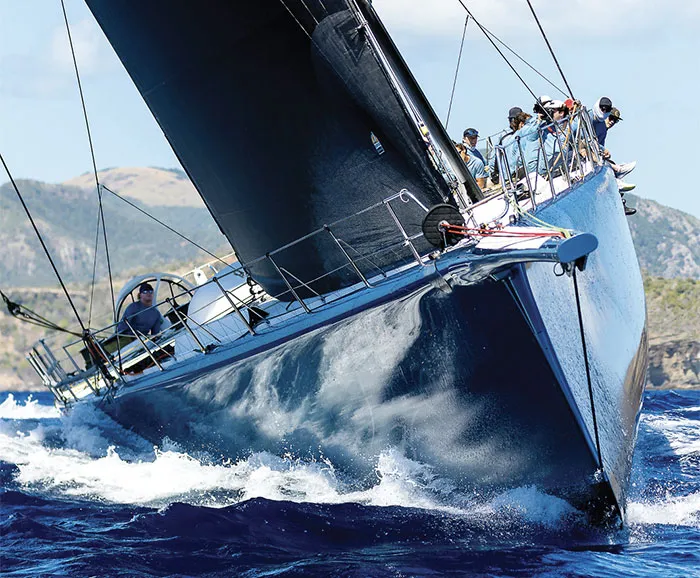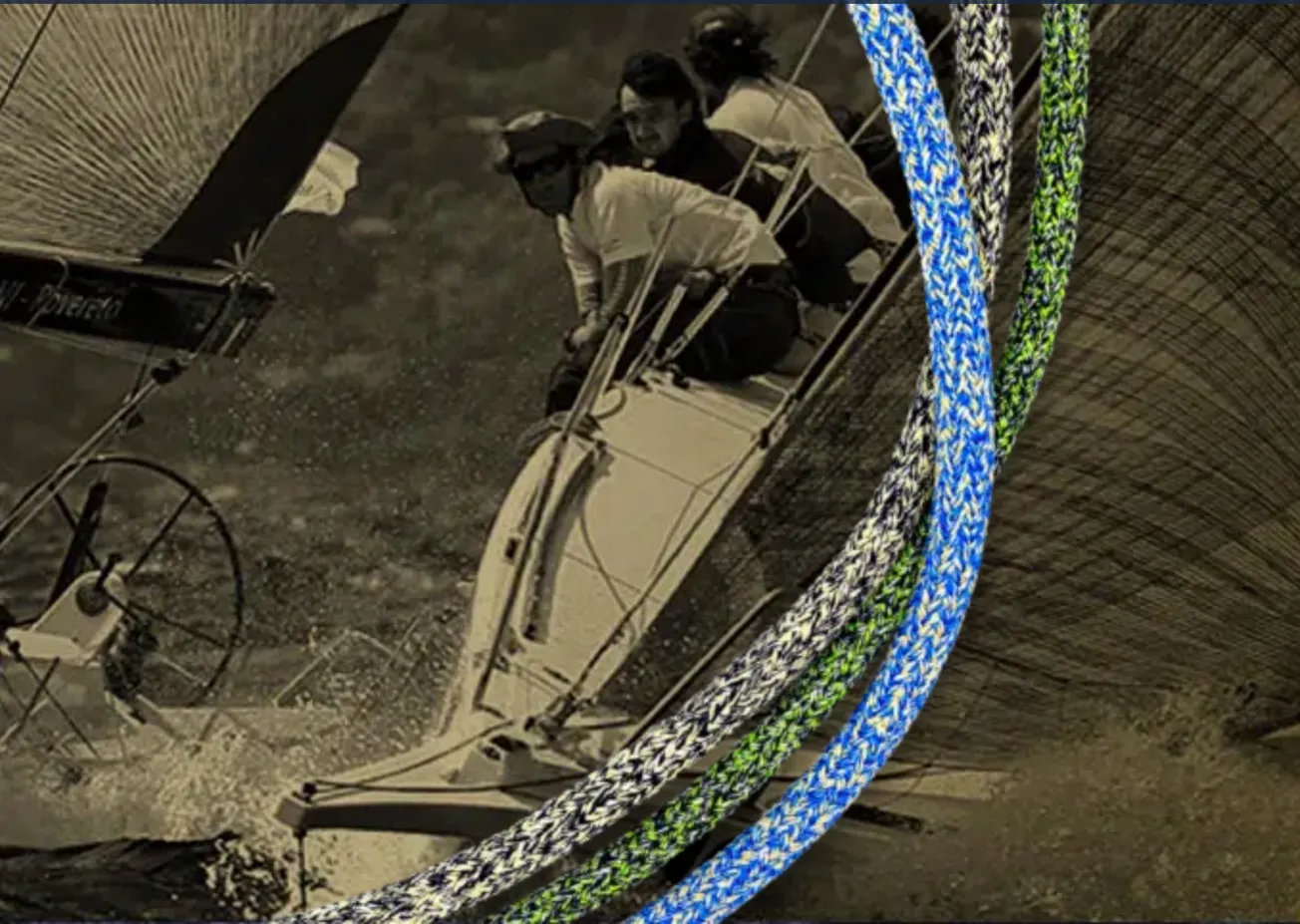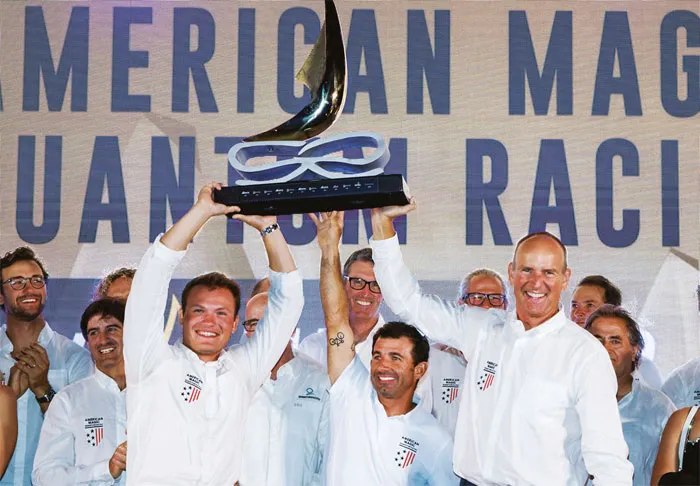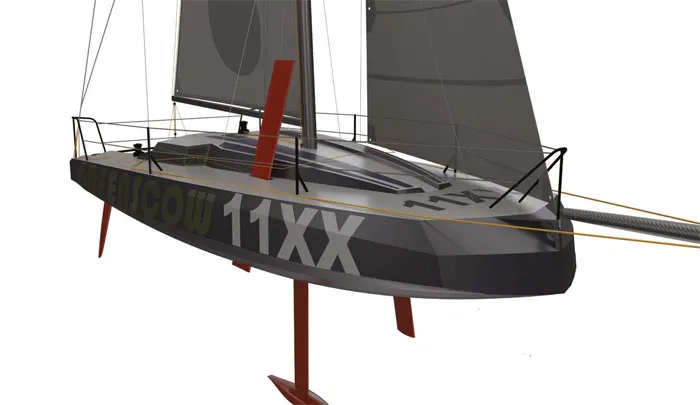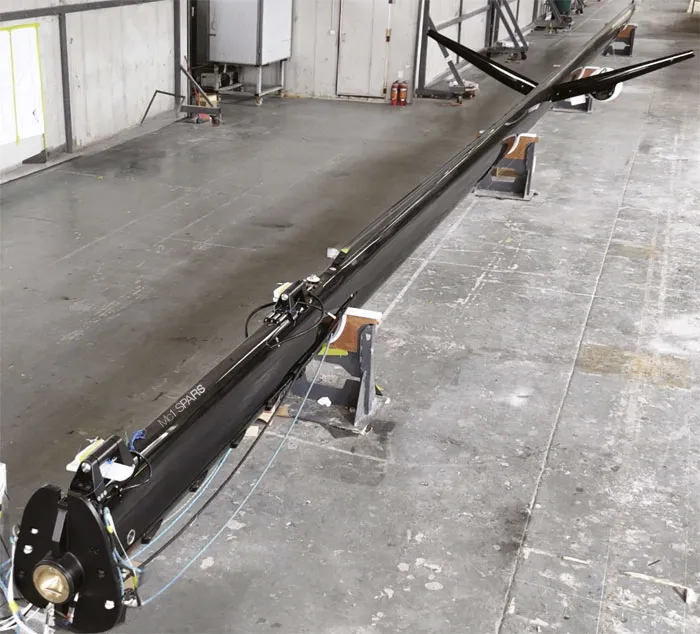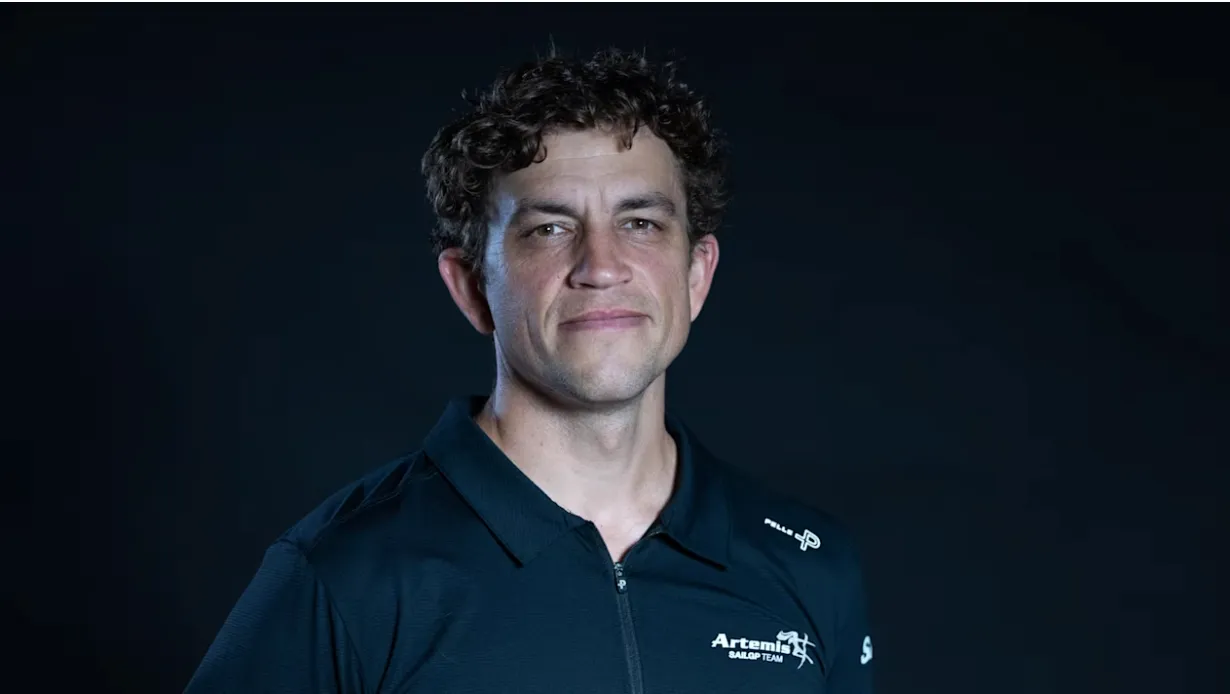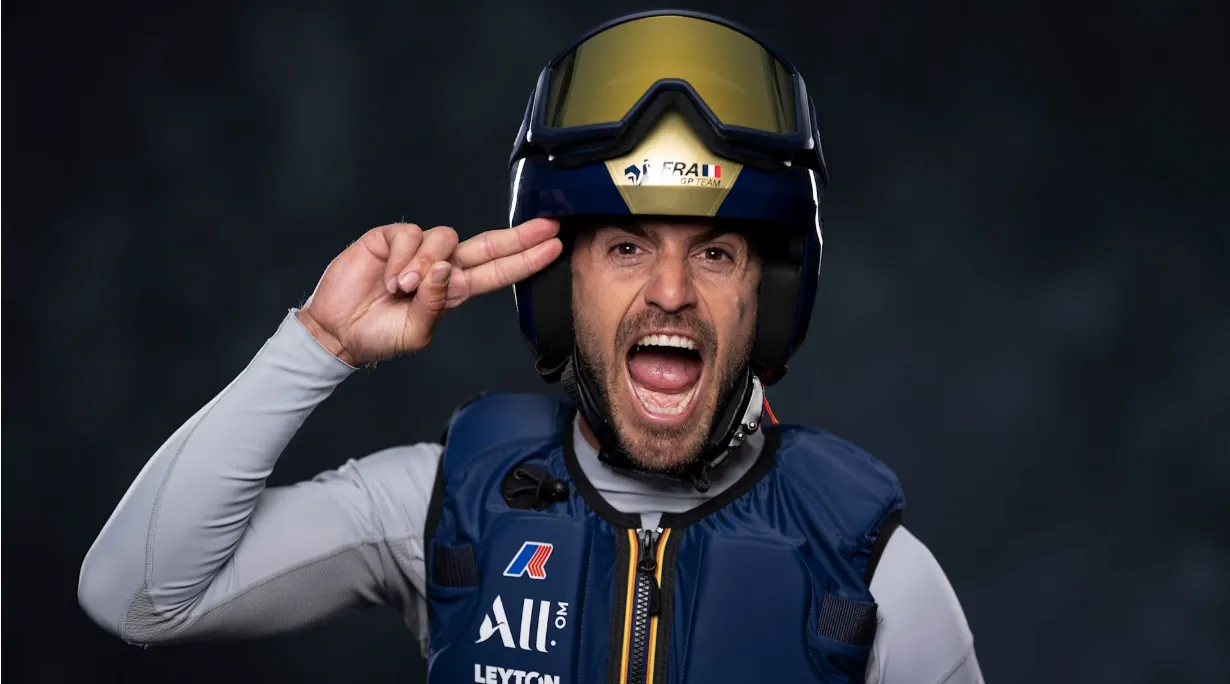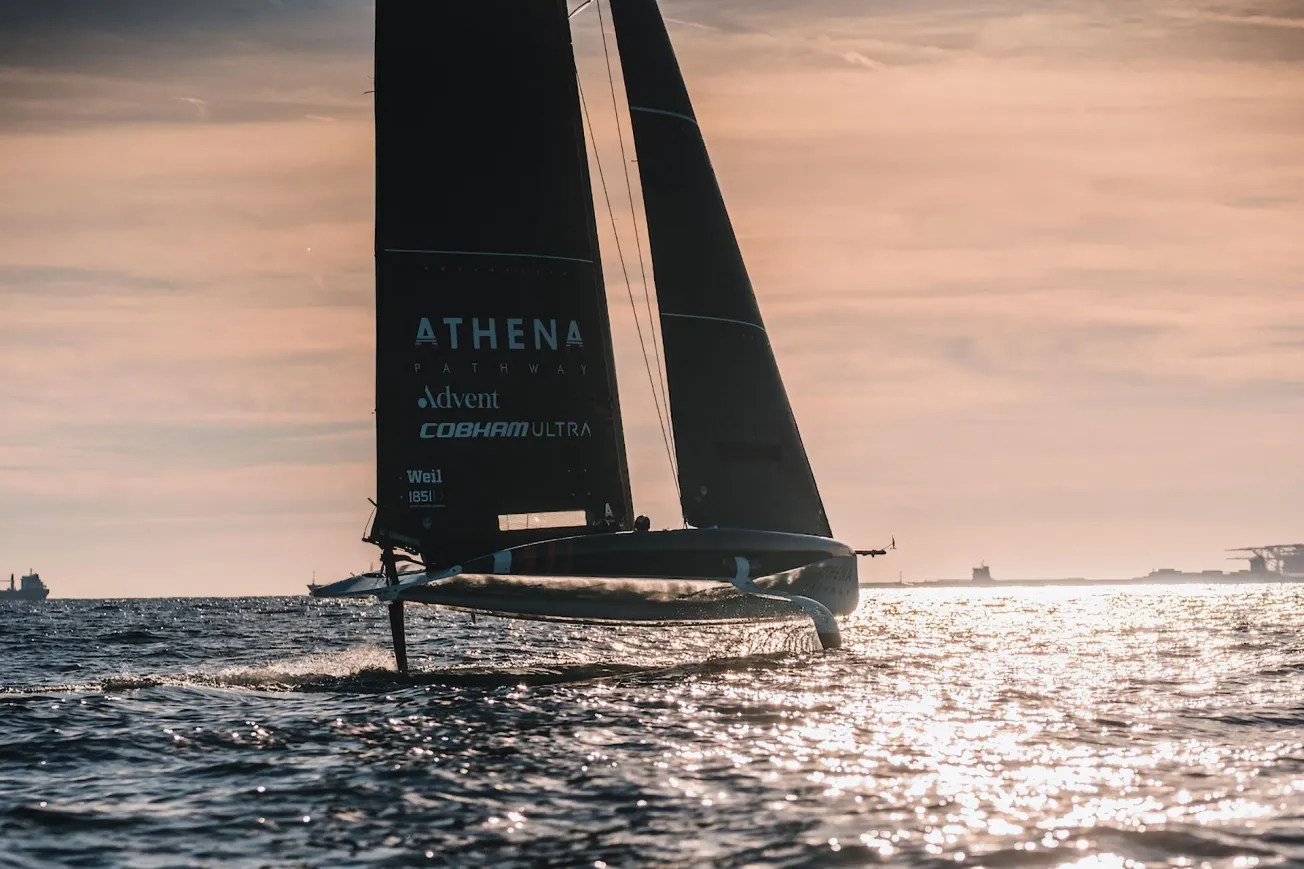
For once the trip across the pond from Lanzarote to Grenada obeyed the brochure with a downhill ride with good trade winds the whole way across. This resulted in ideal conditions for downwind-optimised boats such as Lucky – this Juan K-designed 88-footer has seen continual upgrades since she was launched as Rambler 88; her latest triple-headed configuration was perfect for the trip, needing hardly a sail change with a consistent wind angle of 140-143° the whole way across. Increasing wind in the last 24 hours also provided a late shot at the course record previously held by the 100ft Comanche, reducing the 100-footer’s mark by 86 minutes after eight days’ sailing. As line-honours winner, Bryon Ehrhart and the Lucky crew took home the prestigious IMA Trophy.
Beating them on corrected time to win overall was another smaller maxi, the similarly continually optimised VO70 Tschüss 2, former Volvo Race victor Groupama 4 and subsequently a Caribbean 600 and Fastnet Race winner as the Askew brothers’ Wizard. They too experienced an amazing downwind ride, very fast and very wet, as described by jubilant owner Christian Zugel.
Lucky then joined an impressive collection of maxis for the RORC Nelson’s Cup Maxi Series in Antigua. This was the third edition of the Nelson’s Cup but the first time the maxis had been given their own division, which included an extra third day of coastal racing.
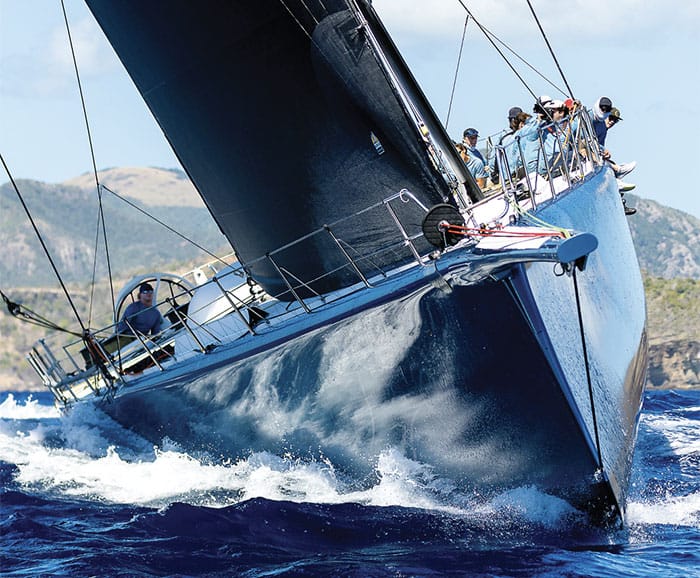
They shall not grow old. Refit after refit, re-rig after re-rig, and at the beginning of Joost Schuijff’s ownership, an Ozempic-scale weight reduction programme. The timeless Farr 100 Leopard 3 struts her stuff in this year’s Antigua 360 Race – won overall by Swedish Admiral’s Cup entry Rán, followed by French Admiral’s Cupper Daguet 5, then USA entry Final – all three between 52-54 feet.
The vantage point on Fort Charlotte gave race team and spectators a grandstand view of the mainly windward-leeward racing along the south coast of Antigua. In feisty conditions gusting over 20 knots and with a big sea state, teams came back tired but exhilarated after each day of very close racing. The three days of inshore racing were scored separately for the Maxi trophy and Andrea Recordati’s Wally 93 Bullitt came out ahead. The starts were impressive: watching the 72ft Balthasar threading her way on port between three 100-footers on starboard right under the cliff was notably exciting!
Often in the Med in light conditions and flat seas the 100-footers have little chance of beating their smaller sisters in the 72-77 foot Maxi Grand Prix class, on corrected time and occasionally on the water. Here with more wind and bigger waves they were more evenly matched, but even so Balthasar took two wins on corrected time. Following this came the 360 Around Antigua Race, with the fleet now joined by two VO70s including Tschüss 2. Wendy Schmidt and her crew on the Botín 85 Deep Blue did nicely here, winning the IRC Super Zero/maxi class.
Then onto the classic RORC Caribbean 600 – now in its 16th edition. An impressive line-up of maxis started together, although sadly Bullitt was forced out early with engine problems. Leopard 3 and Lucky had a close race around the islands with Lucky holding on for line honours, but it was once again Tschüss 2 coming through which completed the double by adding the 600 IRC win to her previous IRC win in the Transatlantic Race.
Most of these top-end racing maxis continued in the Caribbean with V and Galateia competing in their own class at the St Barths Bucket followed by the brand-new North Sound Maxi Regatta, held off Virgin Gorda in the British Virgin Islands, before returning to the Med for May and the PalmaVela in Mallorca followed by the IMA Maxi European Championship in Sorrento, where we have a record number of entries.
One of the most difficult things we have to do as the International Maxi Association is to assess the huge variety of craft who enter IMA-approved events and split them into classes to deliver the best racing. Considerable thought and effort are put into this, but there will never be an ideal solution that will keep everyone happy all of the time.
After much consultation it has been agreed that we will stick with the IRC rating system for maxi racing for another three years before conducting a review – but with no sudden changes to be made. It was imperative to give this certainty to allow plans to be made for new builds.
There are inevitably huge challenges involved in accurate measurement of maxi yachts. The larger the boat the more difficult it becomes. For example, one of the most fundamental measurements in IRC is weight, measured by suspending the yacht on a certified load cell hung off a single point.
In smaller boats this is pretty straightforward and can be done with a crane leaving the rig in the boat. However, with the current trend for moving rigs further aft this becomes impossible so the rig and boat often now need to be weighed separately. IRC rule changes now require the keel bulb to weighed separately as well. Everything then has to be reassembled, with the yacht back afloat to measure overhangs; another critical dimension which requires a calm day and flat water, often leading to measurers working very unsocial hours or having to wait days for the right weather window.
Over the years we have ratcheted up measurement and safety checks at our events which has been well accepted. Previously there was always some level of mistrust relating to rating values – and this can only be resolved with stricter policing. Whatever rating system is used some boats will appear favoured and others not. Our technical office maintains a database of all the maxis racing with us, ensuring all measurements are up to date and any changes promptly re-measured. Our aim is that no certificate shall be more than 18 months old.
Ideally one would re-measure top boats during a regatta, as has been tried with smaller boats at recent ORC events. Unfortunately this would never be practical with maxi yachts – for a whole variety of reasons including the fact that to move all the gear off to re-weigh would take two days’ work for most of the larger maxis.
Then, as before, the calm weather required for safe and accurate data collection rarely appears to order and so we have to rely on accurate measurement outside the regatta windows.
The important thing is that everyone knows that these checks are taking place and that we keep a very close eye and investigate any apparently anomalous results. What we strive for is fair and honest play for all.
We look forward to a great season ahead with ever-increasing maxi participation.
Get all areas access to Yacht Racing Life with a Full Membership free 30-day trial. There's no obligation and you can cancel at anytime.


